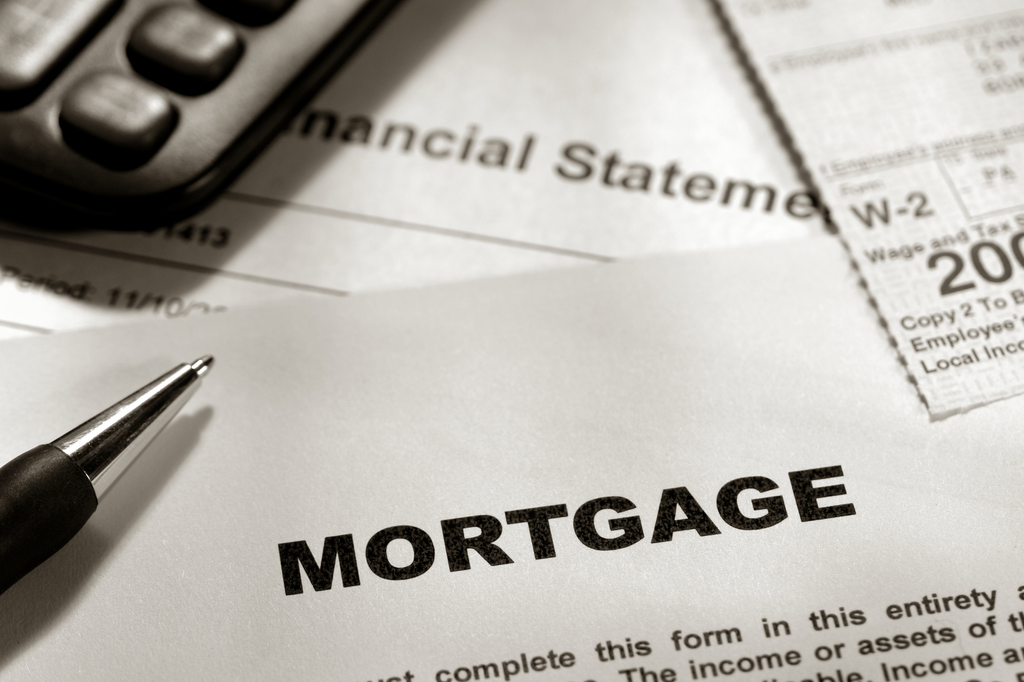Mortgage Rates Drop Slightly
The average rate on 30-year fixed mortgages ticked down to 6.94% this week from 6.96% the previous week, according to Bankrate’s weekly national survey of large lenders.
Jan. 11, 2024

By Jeff Ostrowski, Bankrate.com (via TNS).
The average rate on 30-year fixed mortgages ticked down to 6.94% this week from 6.96% the previous week, according to Bankrate’s weekly national survey of large lenders.
Just a few months ago, the average rate on 30-year home loans topped 8%. But mortgage rates dropped after the Federal Reserve indicated it’d begin cutting its key rate in 2024. The central bank’s long-awaited pivot was spurred by a number of factors, including a slowing job market and signs that the Fed’s ongoing war on inflation is working.

Thanks for reading CPA Practice Advisor!
Subscribe for free to get personalized daily content, newsletters, continuing education, podcasts, whitepapers and more...
Already registered? Login
Need more information? Read the FAQ's
Meanwhile, yields on 10-year Treasury bonds, an informal benchmark for 30-year mortgage rates, have dropped from 5% to around 4% in recent weeks.
The Fed doesn’t directly control mortgage rates, but it plays a pivotal role. The central bank sets policy that affects the cost of home loans. At the conclusion of its most recent meeting on Dec. 13, the Federal Open Markets Committee decided to leave rates unchanged.
“The recent decline in rates has given the housing market some cause for optimism going into 2024, but purchase applications have not yet picked up in response,” says Joel Kan, deputy chief economist at the Mortgage Bankers Association.
The rate cool-off somewhat eases the housing affordability squeeze. It also bodes well for a housing market that has been sluggish since 2022. However, a still-strong economy has undermined hopes that the Fed will begin cutting rates soon.
“The economy’s not slowing down as quickly as the Fed would hope,” says Scott Haymore, head of pricing and secondary markets at TD Bank.
What happened to mortgage rates this week
The 30-year fixed mortgages in this week’s survey had an average total of 0.34 discount and origination points. Discount points are a way for you to reduce their mortgage rate, while origination points are fees a lender charges to create, review and process your loan.
Over the past 52 weeks, the benchmark 30-year fixed-rate mortgage averaged 7%. A year ago, the 30-year fixed-rate mortgage was 6.55%. Four weeks ago, that rate was 7.21%. The 30-year fixed-rate average for this week is 0.67%age points higher than the 52-week low of 6.27%.
As for other types of loans:
—The 15-year fixed-rate mortgage was 6.19%, down from 6.21% from a week ago.
—The 5/6 adjustable-rate mortgage (ARM) was 6.95%, down from 6.96% a week ago.
—The 30-year fixed-rate jumbo mortgage was 6.94%, down from 7% a week ago.
How mortgage rates affect home affordability
The national median family income for 2023 was $96,300, according to the U.S. Department of Housing and Urban Development, and the median price of an existing home sold in November 2023 was $387,600, according to the National Association of Realtors. Based on a 20% down payment and a mortgage rate of 6.94%, the monthly payment of $2,050 amounts to 26% of the typical family’s monthly income.
The steep climb in mortgage rates over the past two years has squeezed affordability and sparked a slowdown in home sales. First-time buyers are especially challenged by this market. Home prices haven’t fallen significantly, and values are unlikely to decline, given the shortage of homes for sale.
“Higher mortgage rates have a dual impact on the housing market: reducing affordability for buyers and strengthening the rate lock-in for sellers,” says Odeta Kushi, deputy chief economist at First American. “The combination of reduced affordability and increased strength of the rate lock-in effect is likely to continue to suppress home sales because you can’t buy what’s not for sale, even if you can afford it.”
Reflecting the affordability squeeze, the median household income for homebuyers jumped to $107,000 in 2023 from $88,000 last year, according to the National Association of Realtors’ 2023 Profile of Home Buyers and Sellers.
Will mortgage rates go down?
Economists expected to see mortgage rates decrease dramatically by now, but the resilience of the U.S. economy had thrown a wrinkle into those predictions. Things finally seem to be cooling, especially 10-year Treasury yields.
Mortgage rates are also chained to inflation, a metric the Fed has been moving to control. At its most recent meetings, the central bank opted to keep rates unchanged. While the Fed doesn’t directly set fixed mortgage rates, it does set the tone of the interest rate environment.
Methodology
The Bankrate.com national survey of large lenders is conducted weekly. To conduct the National Average survey, Bankrate obtains rate information from the 10 largest banks and thrifts in 10 large U.S. markets. In the Bankrate.com national survey, our Market Analysis team gathers rates and/or yields on banking deposits, loans and mortgages. We’ve conducted this survey in the same manner for more than 30 years, and because it’s consistently done the way it is, it gives an accurate national apples-to-apples comparison. Our rates differ from other national surveys, in particular Freddie Mac’s weekly published rates. Each week Freddie Mac surveys lenders on the rates and points based on first-lien prime conventional conforming home purchase mortgages with a loan-to-value of 80%. “Lenders surveyed each week are a mix of lender types — thrifts, credit unions, commercial banks and mortgage lending companies — is roughly proportional to the level of mortgage business that each type commands nationwide,” according to Freddie Mac.
(Visit Bankrate online at bankrate.com.)
©2024 Bankrate.com. Distributed by Tribune Content Agency, LLC.
